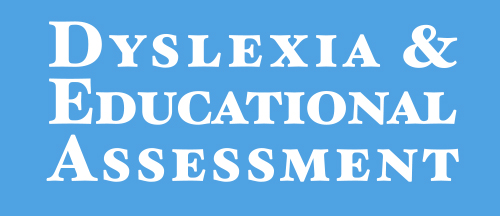What is Dyslexia?
It is:
- Dyslexia is primarily a set of processing difficulties that affect reading and spelling acquisition.
- In dyslexia, some or all aspects of literacy attainment are weak in relation to age, standard teaching and instruction, and level of other attainments.
- The nature and developmental trajectory of dyslexia depends on multiple genetic and environmental influences.
- Dyslexic difficulties exist on a continuum and can be experienced to various degrees of severity.
- Dyslexia can affect the acquisition of other skills, such as mathematics, reading comprehension or learning another language.
- Dyslexia frequently co-occurs with one or more other developmental difficulty, including developmental language disorder, dyscalculia, ADHD, and developmental coordination disorder.
It is not:
- Feeling that text blurs or ‘moves’ when reading. These are visual issues which can exist separately from dyslexia. A registered optometrist who can make medical referrals should be consulted.
- Physical coordination problems, e.g. falling over, dropping objects, difficulties with catching/throwing balls, problems with learning to ride a bike or bumping into things more than usual. If these difficulties are severe, a referral to an Occupational Therapist should be made, as these are medical issues.
From the ‘Delphi’ Definition of Dyslexia (2024) – Carroll, J., Holden, C., Kirby, P., Snowling, M.J., & Thompson, P.A.

